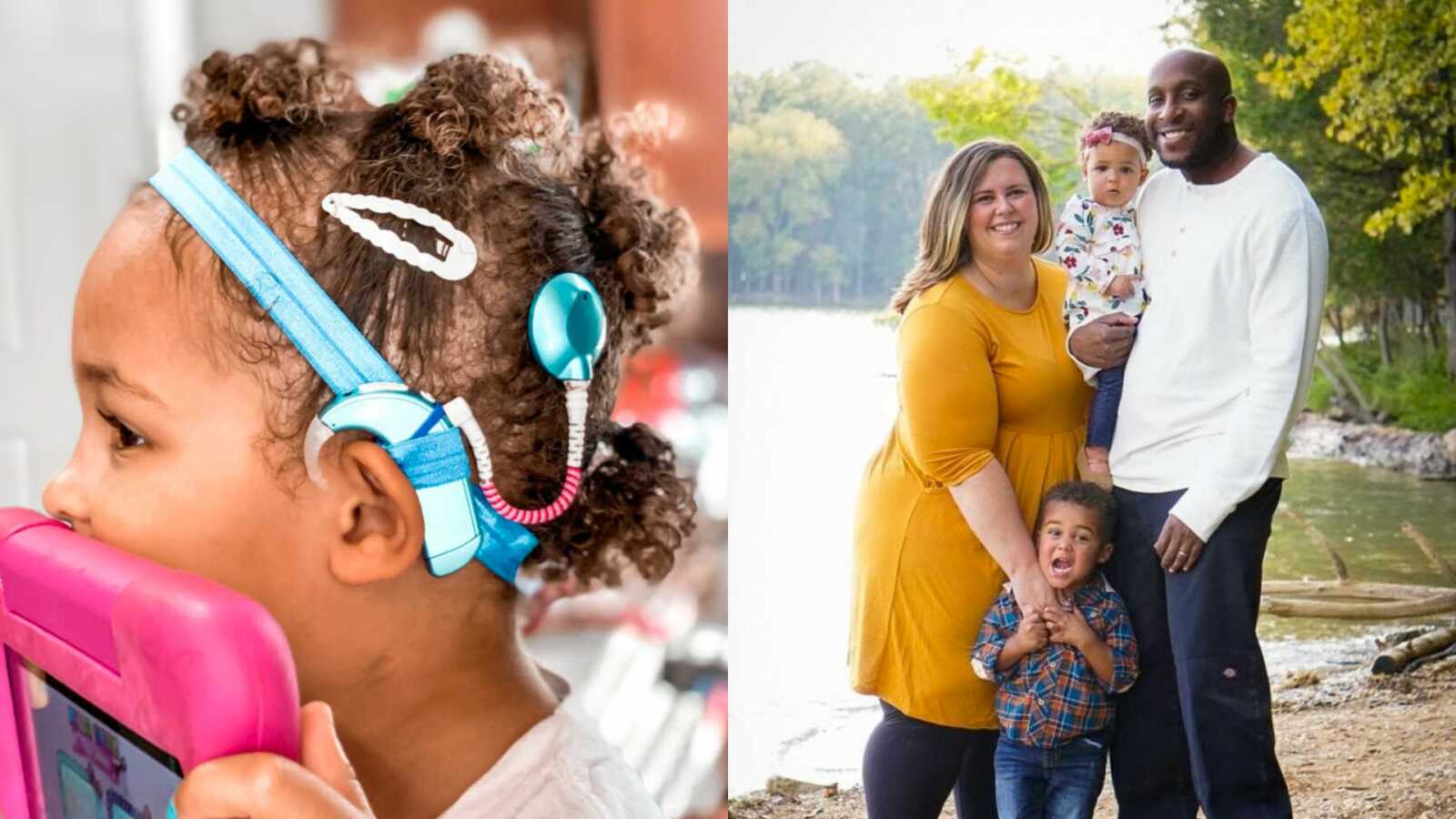A Wild Birth
“We’ve always known that Charlee would create her own path in this world. After a full-term pregnancy filled with intense sciatica and vomiting, Charlee made her appearance on the living room floor, in front of a group of neighbors who helped with the delivery (because she decided she wanted to be out in the world faster than we could even get to the car). By the time the paramedics arrived, I was cradling her in my arms wrapped in towels and blankets waiting for my (very expensive) ‘taxi’ ride to the hospital via ambulance. She was so beautiful and looked just like her big brother, Logan. I remember thinking despite giving birth unexpectedly in my living room, how much more enjoyable the process seemed. I wasn’t worried about learning to swaddle or breastfeed, or how to tell what her cry meant. I felt like Super Mom.
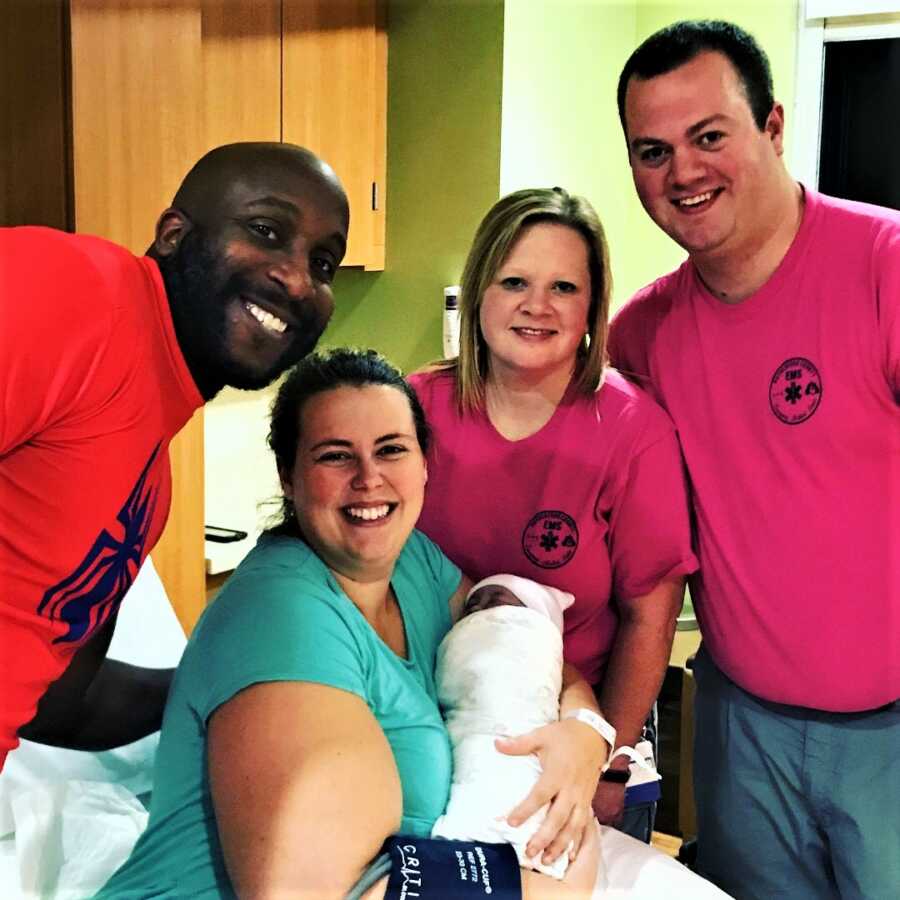
So, when the doctor told us they couldn’t pick up anything on the hearing test, I didn’t think anything of it. They said it was usually just fluid in the ear and this was normal; they would try again in a week. I wasn’t worried. I just wanted to get home, love on my kids and find our new normal. A week later, we returned to the hospital to check her hearing, only to be told they still were not picking up any results so we would be referred to an audiologist. A specialist? Now my mom senses were starting to tingle. From that point until Charlee was about 9 months old, we had at least five hearing tests conducted by an audiologist. The audiologist continued to confirm it was fluid that needed to work its way out and that her hearing was getting better.
Beginning Signs
During those nine months, I noticed some things that were different than my experience with our older son. We had a dog who liked to bark every time someone was in our yard. Charlee would never startle. She would never turn toward the sound of my voice. The coos and babble that I had loved hearing so much with my son weren’t happening with Charlee. With every appointment, I would give updates to the audiologist who would say that she could clearly hear based on his testing.
When Charlee was 6 months old, I finally started to test my baby advocacy legs and asked the audiologist, ‘Do you feel like I should start learning sign language? I mean, even if it is fluid, wouldn’t it be a good idea to still be communicating with her?’ I got a resounding, ‘No, this will slow any progressing on listening and spoken language and give her a crutch versus having her work on spoken language.’ In hindsight, I’ve realized that I am Charlee’s biggest advocate and that language trumps all. I will always regret the decision to not immediately throw this advice in the trash. Unfortunately, I am not the only hearing parent of a deaf child that gets told that.
At nine months, the audiologist told us that Charlee’s hearing was now at normal hearing levels. I knew this couldn’t be true, so I found my advocacy legs.
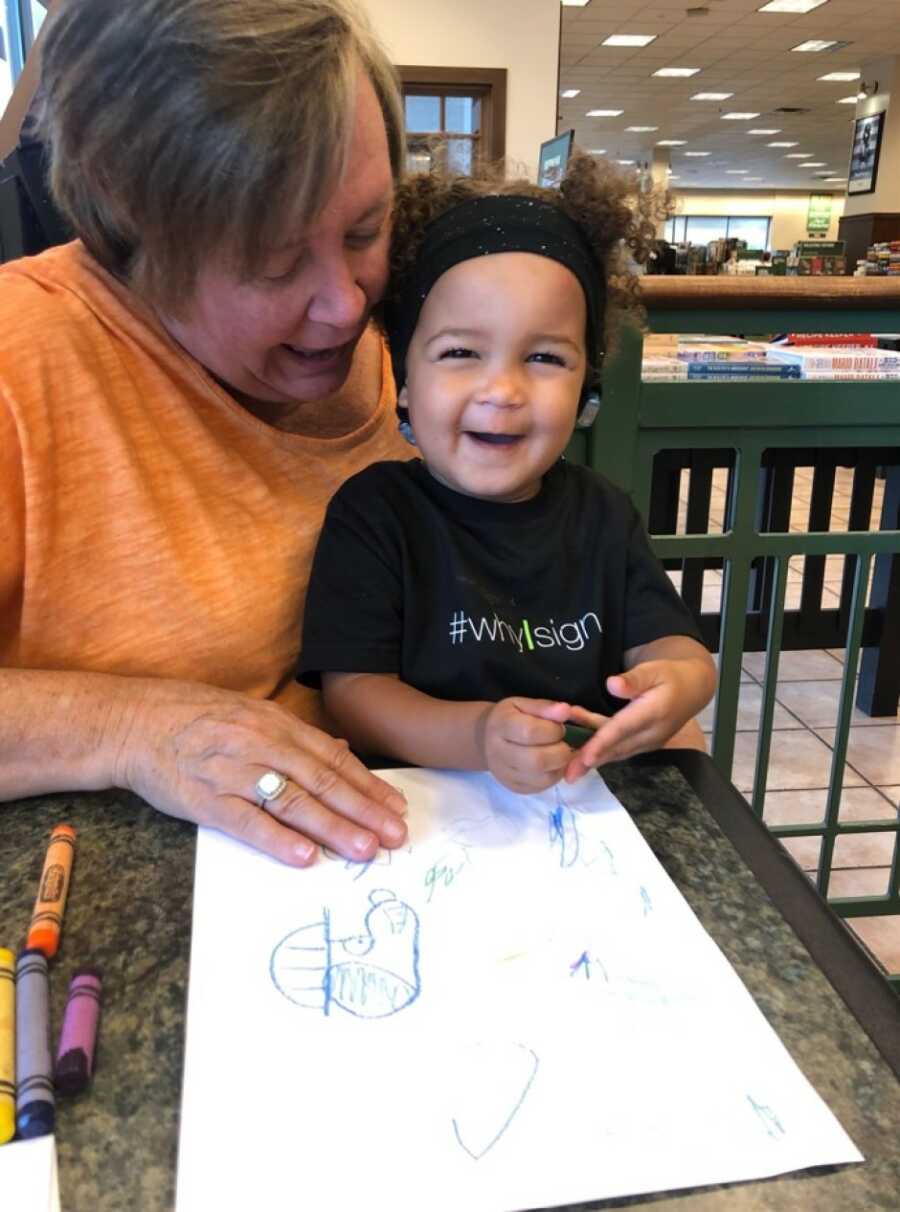
Diagnosis Though Advocacy
‘There is absolutely no way that is the case,’ I told the audiologist. ‘She does not respond to any loud sounds that we make, no babble or consonant sounds. Aren’t there other tests you can do?’
We were told we should contact the pediatrician to get a referral for a neurologist. They were adamant it wasn’t her hearing, but something else could be wrong. Within a couple of weeks, I was at a different audiologist group who told me they were confident Charlee had hearing loss, and at a level where she would need assistive devices to access sound.
‘I knew it,’ I thought. I remember thanking the audiologist. I felt validated like I had solved the puzzle. I had gone to the appointment with Charlee without my husband, James. I called him on the way home, expecting him to feel the same way I did, glad just to know what was going on. However, we were on different paths of acceptance. With every ‘passing’ hearing test during those first nine months, James felt relieved, and I felt angry because my instincts told me something was wrong. So when the audiologist told us there was some hearing loss, James was devastated. He grew up playing bass guitar and drums. Music is a big part of his life, so the idea of not being able to pass that passion down to her was heartbreaking to him.
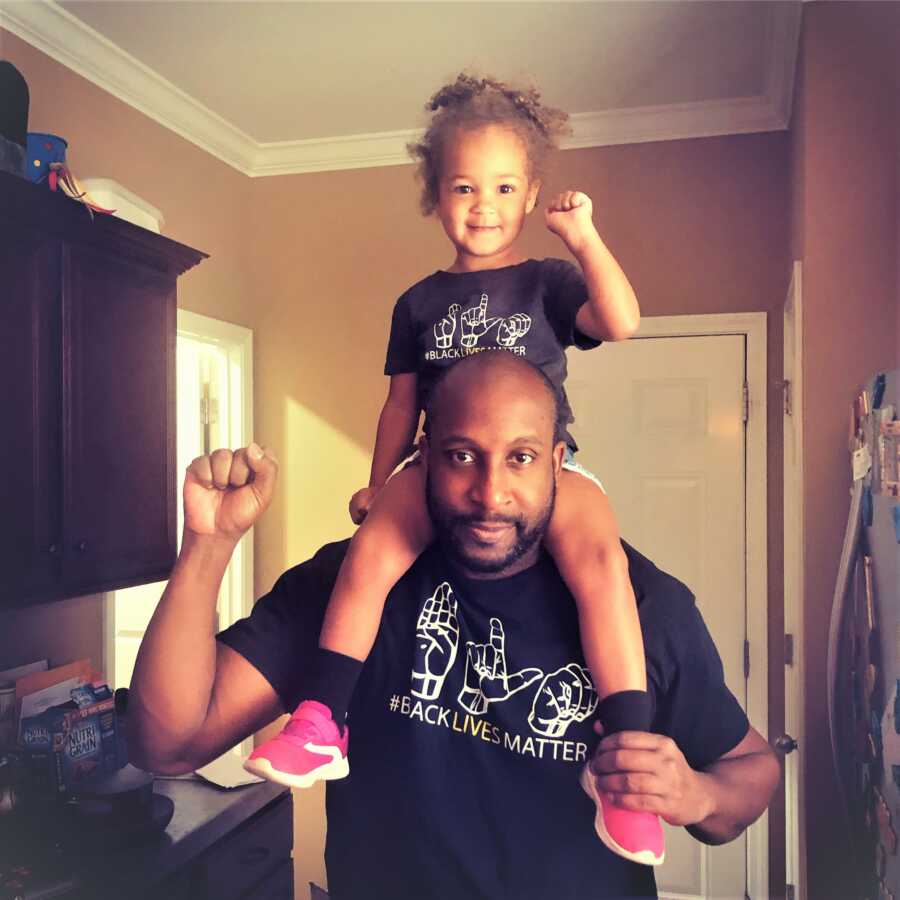
Two months later, we were at the hospital, about to sedate Charlee so they could do an auditory brainstem response test. Finally, we had an official confirmation of her hearing loss. She had bilateral severe-profound hearing loss, likely genetic even though she is the only one on both sides of the family who is deaf.
‘So does that mean she’s … completely deaf?’ we asked. They pulled out her audiogram to show us her hearing levels. Charlee’s had no lines on it, they said, because, within the testing limits of their equipment, she did not respond to anything. She wouldn’t hear birds chirping, my voice, or an airplane without the help of surgically implanted cochlear implants.
I had never met a deaf person before. I had never heard of or seen cochlear implants before. I learned my ABCs in American Sign Language (ASL) when I was younger, but that’s it. At that moment, I was overwhelmed and I started to cry in that little hospital room. They immediately brought in the on-call ENT who went over the specifics of the cochlear implant surgery and just how quickly they could do surgery on my sweet Charlee and get her fitted for the devices. They were ready when we were. But having surgery was a big deal, and I needed time to process it.
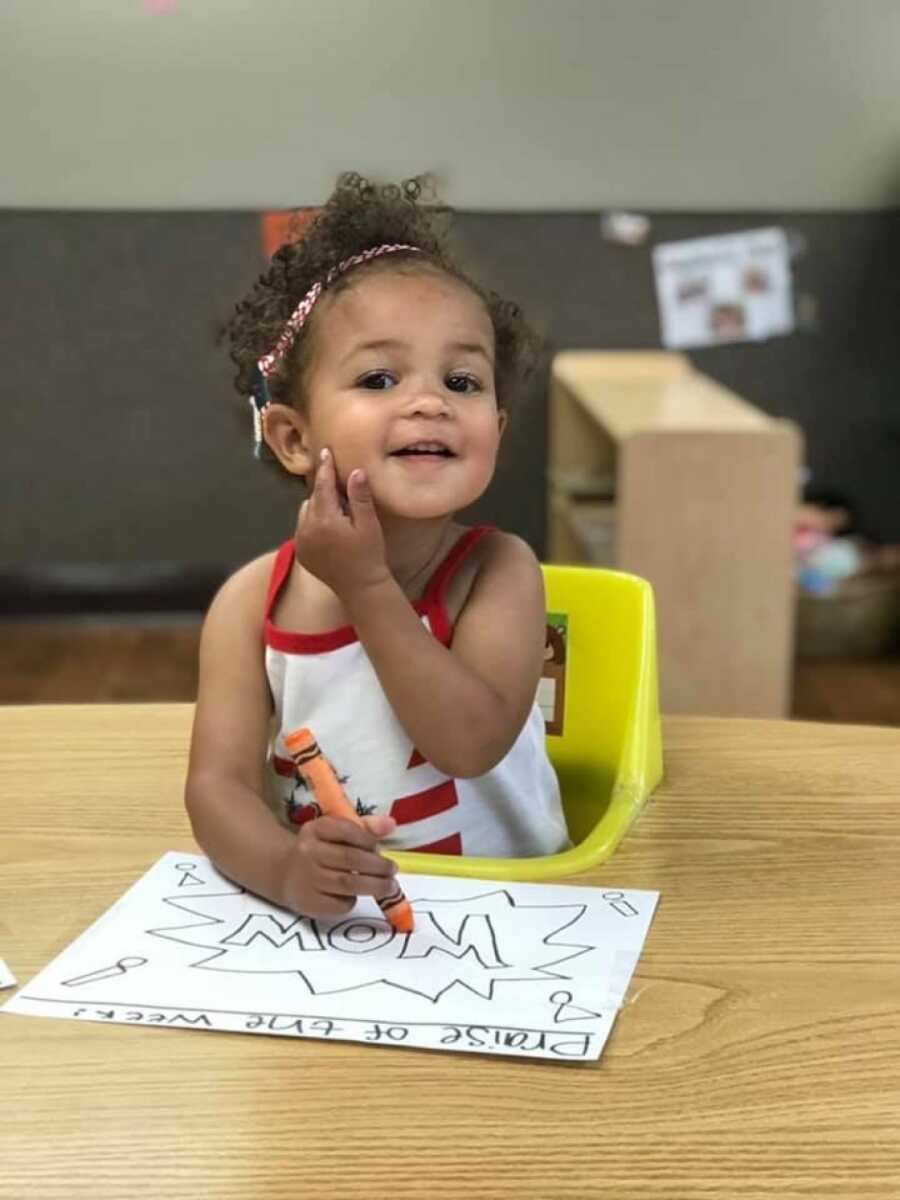
Next Steps
This was all moving so fast. I had no access to someone who grew up deaf, who had implants or even hearing aids, except for my grandparents who had lost their hearing later in life. I reached out to our local deaf center and joined a parent-infant group. We visited the next day and were immediately surrounded with acceptance and empathy. I met deaf adults who signed, spoke, and who switched between the two. I got to see and ask questions of adults who had cochlear implants. Over the next three months, we found every single deaf event we could go to. I couldn’t get enough information. I heard stories from deaf adults who were not allowed to use sign language at home or in the classroom, who grew up oral and struggled to keep up even though their speech was ‘normal.’ It was through these stories and experiences, through the acceptance of folks who had never met us before, who saw us trying hard to learn a new language as adult learners, that we made our decision.
We would move forward with cochlear implant surgery so that she would have access to spoken English but her primary language, our family’s primary language, would be ASL. It was most accessible and it was ready to use now, not a month after surgery.
We did not get a ‘viral’ moment of Charlee ‘hearing’ for the first time. For many children who have never had access to sound before and get hearing aids or cochlear implants turned on, it can be scary and overwhelming. Imagine going from complete silence or muddled sound to hearing everything and not being able to discern what it is. For our family, and what I wish would go viral instead of the ‘hearing for the first time’ videos, was catching Charlee’s first signed word and first ‘I love you‘ in ASL. They are some of the core memories etched forever in my mind. Every time I watch some of her early sign videos I tear up. She (and we) worked so hard for that moment. It’s beautiful. It’s natural for her. It’s our lifeline.
The next year was a blur of surgery, learning sign language, and gaining discipline in using it at much as possible at home and during speech therapy appointments. Being a parent of a child with a disability can feel isolating and overwhelming. We were doing everything in our power to build a support system around us and Charlee to set her up to thrive with language. Our goal was simple: We wanted Charlee to have the same opportunities in life as Logan. To do that, she needed immediate access to language and language models, and an education that worked for her, not against her.

Finding Our Group
After that first year, we found our groove. We had a professional Deaf Mentor and Parent Advisor through our local deaf school, and we took ASL classes through multiple different sources, all with a deaf teacher. We found lifelong friends through stepping out of our comfort zone and going to deaf church and any other events we could find. The acceptance and grace we found with our slow and awkward signing were more than I could ask for. Sometimes we fell on our faces. It took a long time to be able to sign the way we do now. It was exhausting and can still be. But we have people who pick us back up every time we fall.
Our bumps in the road are not over. In fact, we have another big decision we are praying on. While it’s a big decision, it highlights for us why it is so absolutely critical that we use sign language as our primary language at home. Charlee’s internal devices have failed as a part of a recall that was announced a couple of years ago. We only recently found out that it now impacts Charlee and we must decide on another surgery and another round of programming. We should have seen it sooner, as she has wanted to wear her cochlear implants less and less. Now, she doesn’t want them at all. Without ASL, she would have no access to hear us and would have to rely on lip-reading since she is only 4. Regardless of our path, we are ready now for what comes our way.
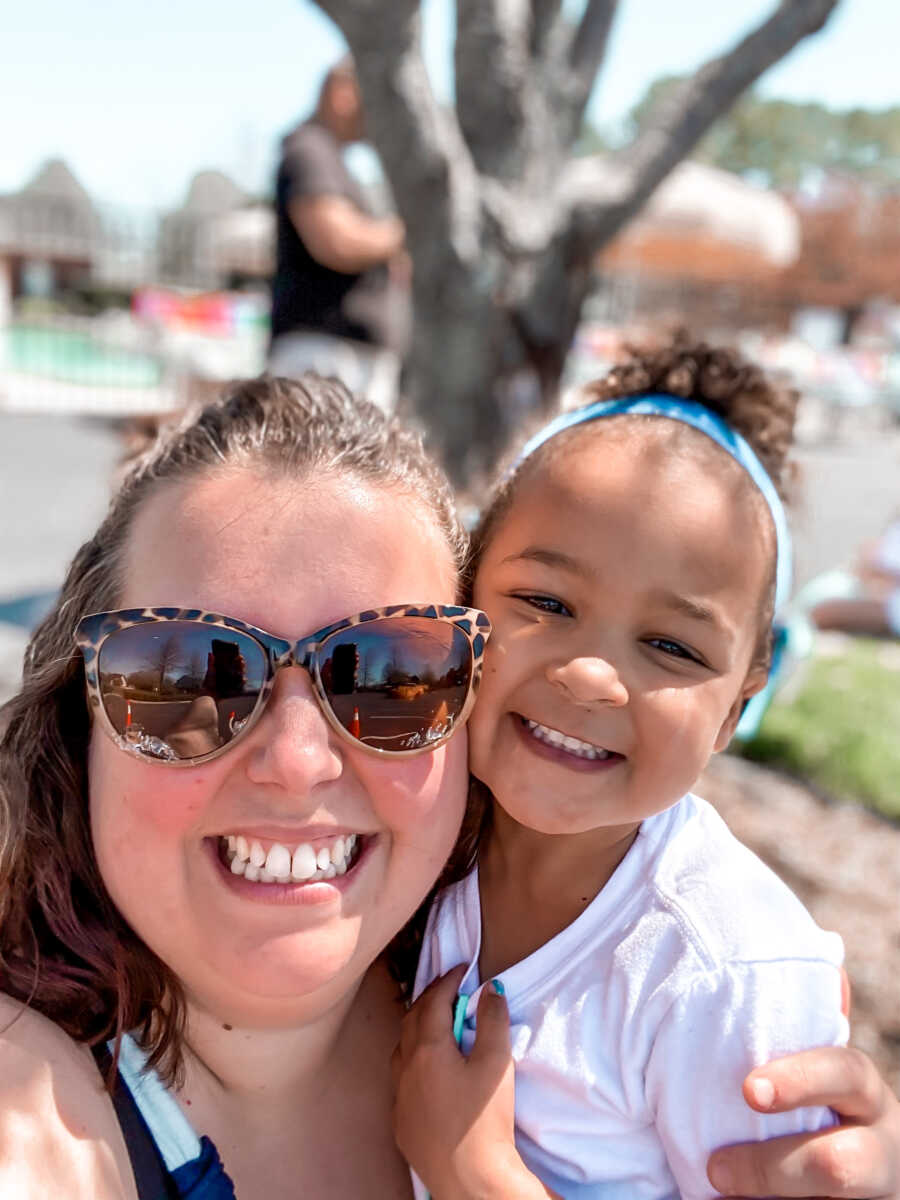
Thriving (With Help From Our Village)
Charlee is thriving and living her best life. We sign all the time at home. Even our son gets better at signing every day. They both go to a deaf camp and Charlee goes to a school for the deaf nearby where she has a bilingual education in English and ASL, speech support, and access to so many adult and peer language models. We fought hard through our state’s IEP process to make that happen. Our state is not one that protects a parent’s choice when it comes to what school a deaf child will fit best so we had to advocate hard to prove why that was the best environment for her. This is an area where I hope to impact within our state to make it easier for the parents that come after me.
These days, as a 4-year-old going on 14 years old, Charlee is one of the most engaging storytellers you will ever see; without even knowing the language you can tell what she is conveying. She watches stories told in ASL through different apps and Youtube channels and then mirrors what she sees from amazing storytellers like Peter Cook. Right now she is stuck on ‘Goldilocks and the 3 Bears,’ where she oscillates from playing the part of Goldilocks and all the bears. My personal favorite is her reenactment of Papa Bear. She makes her body, movements, and facial expressions much bigger to represent papa bear (thanks to the language skills in ASL I am so proud she has). We all joke that she will be a performer of some sort one day. She just commands any room she is in, hearing or deaf alike.
We started overwhelmed, isolated and nervous about making big decisions for our little girl. My husband grieved because he felt like he lost the ability to share music with Charlee. We now live every day so grateful for the friends we’ve made, the community around us, and the education our little one receives. We are all confident in our signing skills and learn more daily, especially these days from Charlee. My husband shares music with Charlee, just in a different way than he imagined. Now they feel the music by putting their hands on the speakers (one of my favorite things to see) and we learn to sign songs together. We get just as tired of Baby Shark in ASL as much as we do in English.
It really does take a village to raise up these little ones. We are forever thankful for ours.”
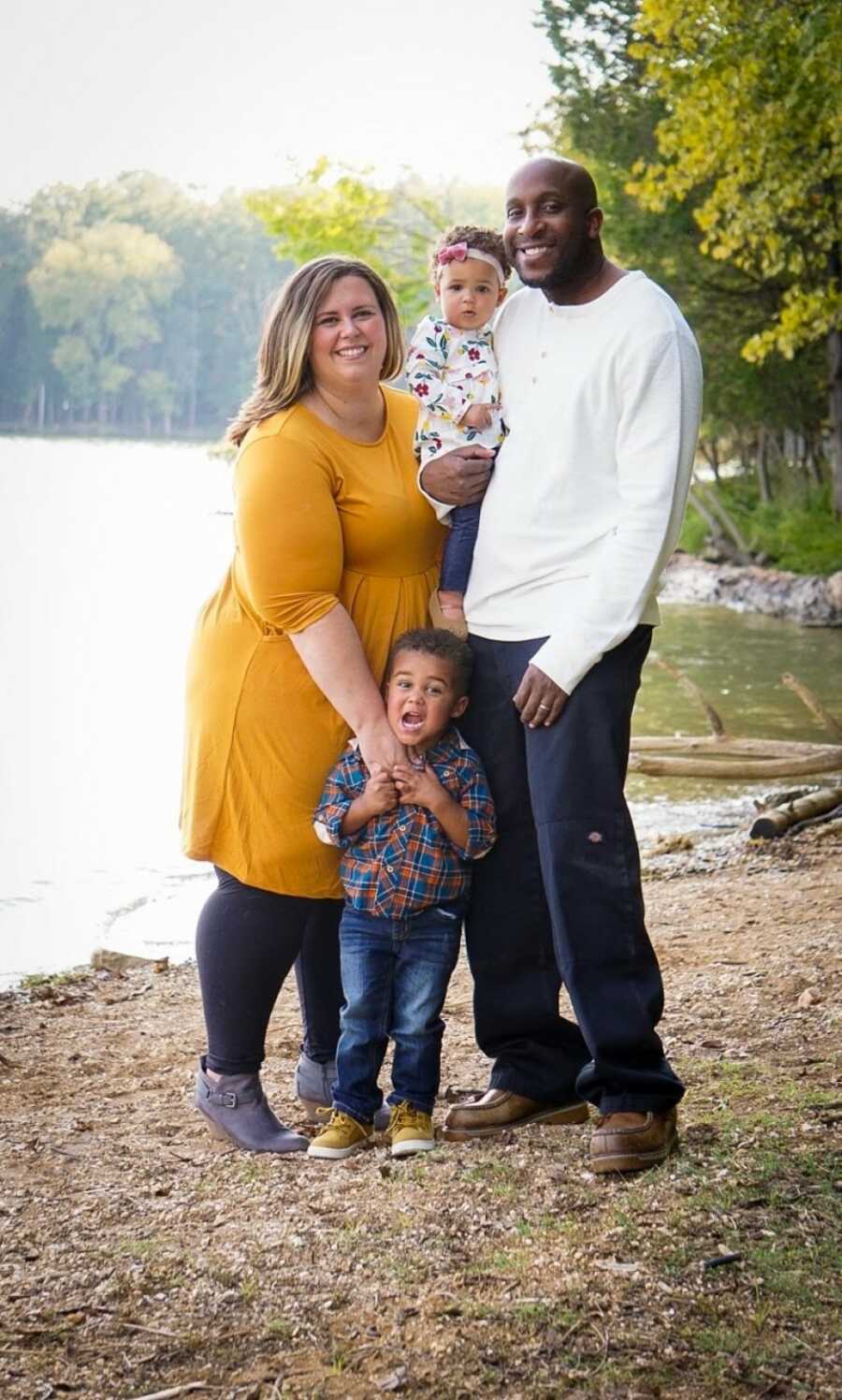
This story was submitted to Love What Matters by Amy Ferrell from Murfreesboro, TN. You can follow her journey on Instagram and check out this website for more information. Submit your own story here and be sure to subscribe to our free email newsletter for our best stories, and YouTube for our best videos.
Read more stories like this:
Mom Creates Inclusive Dolls To Help Kids With Disabilities Feel Accepted
3-Month-Old Has The Best Reaction To Hearing Mom’s Voice For The 1st Time
‘Kinley and Lily are best friends.’: Service dog has sweetest way of helping deaf sister
Help us show compassion is contagious. SHARE this beautiful story on Facebook with friends and family.

